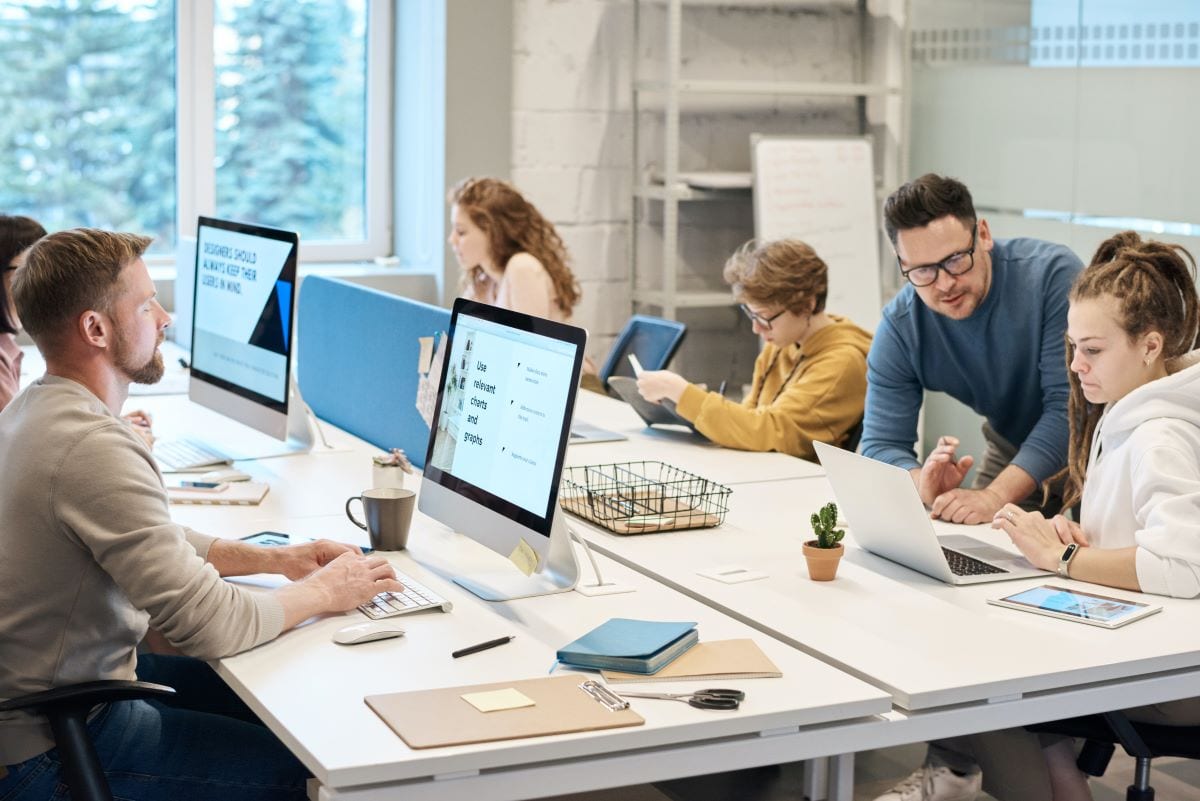How to Build a Team for Your New Business

Consider Outsourcing
First of all, it is important to know that you don’t have to hire a person for every part of the business. For example, if you need an accountant, there’s no rule saying you need them to work in-house. There are plenty of companies offering accounting services for much cheaper than full-time staff, and if you want to save even more money, visit https://givingassistant.org/coupon-codes/legalzoom.com for Legal Zoom coupons.
Post Job Ads online
Most people look for jobs online, so write an inviting job ad to appeal to more talent. Make sure you include exactly what you are looking for, such as experience and education levels, and don’t be too vague about the job type. If you want an all-rounder, simply state that!
Know What You’re Looking for
One of the biggest mistakes new business owners make when hiring their first employee is not knowing what they’re looking for. This uncertainty could lead to confusion and an unhappy staff member, so make sure you determine what you want in an employee before you begin your search.
Decide on Interview Questions
Your interview questions don’t need to be deep or complicated; after all, your goal is to get an open conversation rolling. You want the interviews to have direction, though, so come up with interesting questions that are relevant to your business and will get the ball rolling.
Provide a Great Space
You want to give your team members a pleasant work environment, so make sure there is enough space and that it is well decorated before their first day. You should also consider natural light, break area, how much noise there is, and the temperature – no one wants to work in a cold, dark room! By providing a comfortable workspace, you increase employee retention.
Keep an Open Mind
Who you hire might not be who you envisioned when you first started the hiring process. Often, business owners have an image in their head of their ideal candidates, but in reality, the person who will perform the best won’t match your exact description. It is also worth considering giving someone with less experience a position, as they can learn and grow alongside your business.
Up Your Leadership Skills
As a business owner with a team, you have more responsibility than you did previously, which means increasing your leadership skills. Some points to focus on include your communication, empathy, listening skills, and influencing ability.
By giving thought to each step, you ensure that you save money, find great talent, and provide your team with a great place to work.




